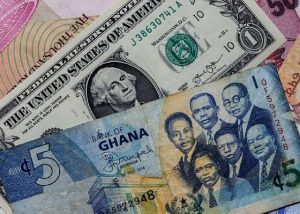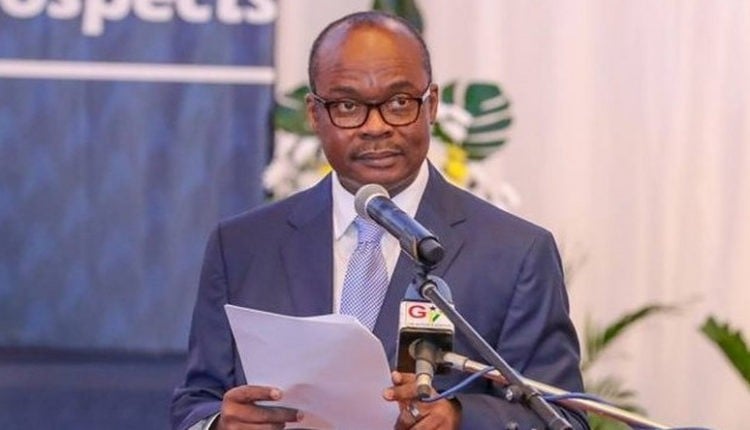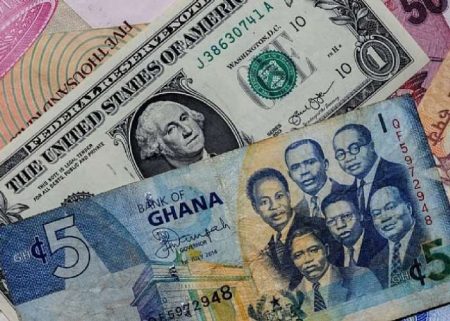The Bank of Ghana (BoG) has made a significant decision to lower its monetary policy rate by 200 basis points, bringing it down to 27 percent. This reduction illustrates the bank’s commitment to fostering economic recovery following challenges experienced in the past. The announcement was made during a press conference on September 27, where officials highlighted the positive macroeconomic trends observed since the last Monetary Policy Committee (MPC) meeting in July. Specifically, the preliminary data suggested improvements in key areas including a decline in headline inflation and a robust increase in GDP growth during the second quarter of the year. The BoG expressed confidence that the ongoing disinflation process is advancing satisfactorily.
The central bank’s outlook for the second half of the year remains positive, with expectations that economic growth will continue to strengthen. This anticipated growth is largely supported by several factors: ongoing construction activities, increased spending by households and businesses, and strong performance in exports, particularly in gold and oil. Additionally, the expansion of bank lending is expected to boost economic dynamism, contributing to an overall optimistic view of the economic landscape. Such indicators reflect a broader recovery process, which the BoG aims to support through its monetary policy decisions.
Furthermore, the BoG’s inflation forecasts suggest a continued downward trend, positioning the rate within the government’s target range of 13 to 17 percent by the end of 2025. The adjustment of the policy rate is indicative of the central bank’s strategy to balance growth objectives with the need for price stability. By lowering rates, the BoG seeks to stimulate economic activity while maintaining careful oversight on inflationary pressures. Policymakers have noted that the risks surrounding inflation have become more balanced, allowing for a more proactive approach to monetary policy without compromising financial stability.
One of the underlying principles driving the recent decision is the need to provide a conducive environment for economic recovery, especially in the aftermath of past challenges facing the Ghanaian economy. The BoG recognizes that a lower policy rate can enhance access to credit, ultimately fostering business investment and consumer spending. These actions are seen as vital for revitalizing economic growth and creating a more resilient economic framework. Additionally, the focus on supporting sectors such as construction and exports could play a critical role in sustaining this recovery by generating employment and shifting the economy toward more robust foundations.
In summary, the BoG’s decision to reduce the monetary policy rate to 27 percent demonstrates a strategic approach to enhancing economic recovery in Ghana. The central bank’s assessment of macroeconomic conditions reflects significant improvements in inflation and GDP growth, fostering an optimistic outlook for the remainder of the year. Continued support through monetary policy is intended to stimulate key sectors of the economy, providing the necessary impetus for businesses and households. Overall, the BoG aims to navigate the complex landscape of recovery and inflation management while striving to achieve long-term economic stability.
The impact of the BoG’s policy changes will likely be observed in the coming months as the economic environment evolves. Stakeholders in various sectors will be keenly watching how these adjustments affect credit availability, consumer confidence, and overall economic activity. While the central bank remains vigilant in monitoring inflationary trends, its current approach underscores a commitment to supporting growth in the context of a recovering economy. As these developments unfold, the implications for both local and international stakeholders will be significant, marking a pivotal moment for Ghana’s economic trajectory.














